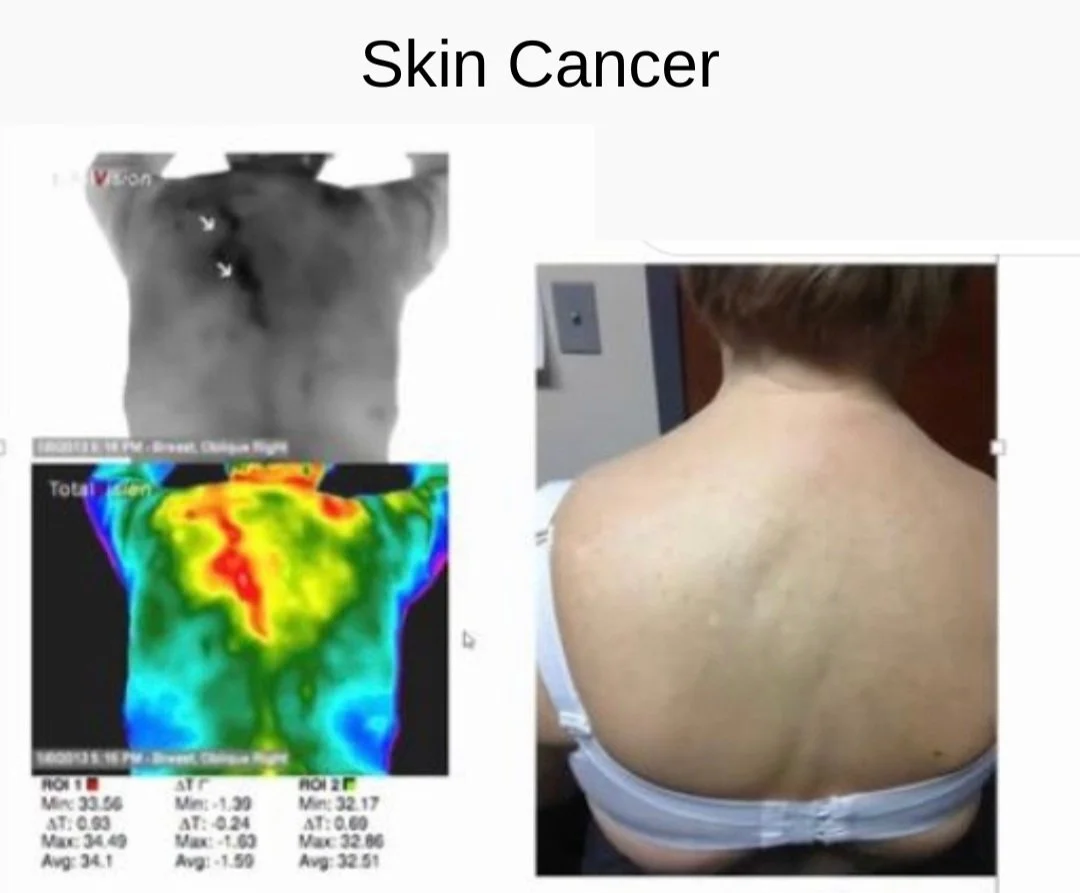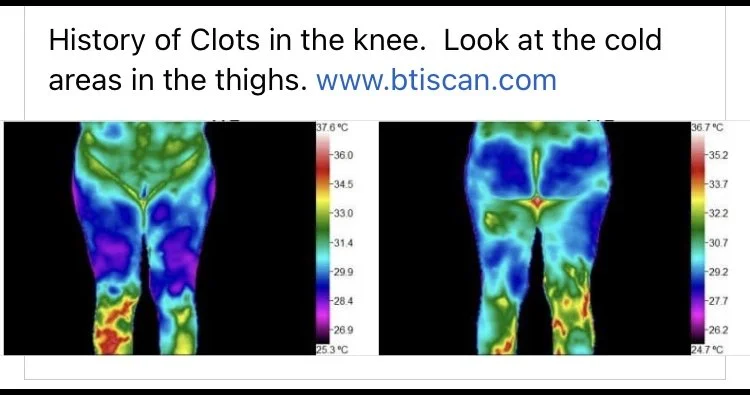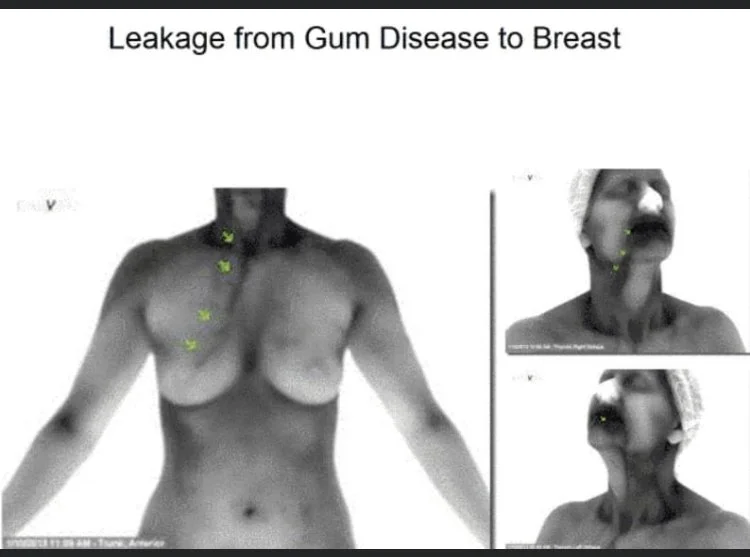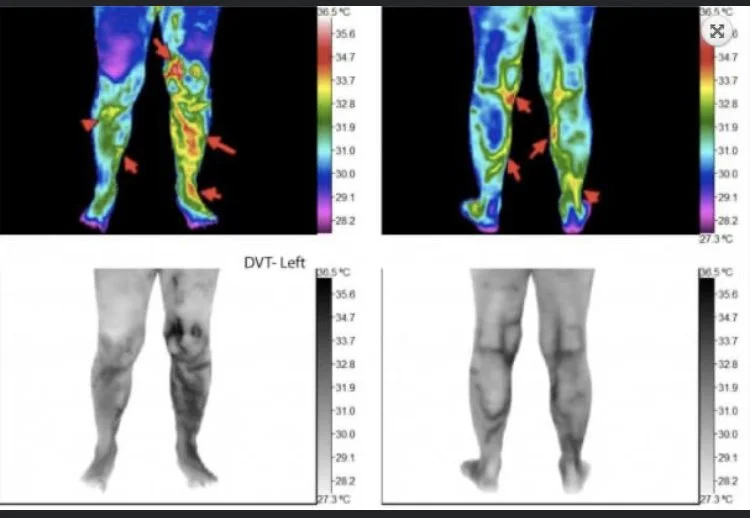Digital Thermography: A New Way to Look at Your Health
Thermography is a modern technology that is revolutionizing the way we look at our health. This data can then be plotted on a computer screen, allowing thermologists to identify areas of hot and cold in relation to the opposite side of the body. With digital thermography, medical professionals are now able to assess a person's health in a much more comprehensive and accurate way. We will take a closer look at how digital thermography is changing the way healthcare is practiced.
What is digital thermography?
Digital thermography is a non-invasive imaging technique used to measure temperature differences on the surface of the body. Certified thermography technicians use digital cameras to record infrared radiation emitted by the body, which are then converted into temperature readings. The results are then plotted on a computer screen in order to identify areas of hot and cold in comparison to the opposite side of the body.
Digital thermography is safe, painless and non-invasive, making it a great option for those who want to know more about their health without undergoing a potentially invasive procedure. Thermograms can provide valuable insight into your body’s physiology and can be used to identify areas of inflammation, poor circulation, muscle spasms, injuries and more.
Breast tumors and some other tumors are able to be found on thermal imaging through the process known as Angioneogenesis, the formation of new blood vessels that supply nutrients to a tumor. This asymmetric increase in blood flow creates an increase in temperature that can be picked up by medical thermal cameras. Many times this blood supply increases over time as a tumor grows and is an important part of baseline studies and the ability for them to identify a tumor at the earliest possible moment.
How can digital thermography be used to improve health?
By providing insight into areas of the body that may be abnormally hot or cold, it can help to identify potential issues before they become more serious. Thermography can also be used to monitor existing health issues such as inflammation, circulation problems, and areas of tissue damage.
It is also being used to evaluate soft tissue injuries, arthritis, and other musculoskeletal disorders. In addition, digital thermography can be used to monitor changes in the body's temperature over time in order to detect fluctuations that may indicate an illness or disorder.
By allowing practitioners to view the entire body at once, digital thermography provides a comprehensive view of the body's temperature distribution that can be invaluable in assessing and managing medical issues. Digital thermography is a safe and non-invasive way to gain insight into the body's overall health and well-being.
Thermography picks up skin surface temperatures on the human body that can be used for analysis by a trained thermologist. Any disease process that emits heat or decreases circulation can possibly be detected through infrared thermal imaging. The FDA has cleared the following as adjunctive screening methods with thermography:
Breast Cancer ( Thermography is able to tell the difference between a cyst and a tumor)
Thyroid Pathology
Cerebrovascular Health
Neuro-muscular Pathology
Other promising and emerging areas deserving consideration include:
Infection
Fibrocystic breast disease
Vascular disease
Lymphatic stagnation
Breast Health
Skin Cancer
Testicular Cancer
What are some potential benefits of digital thermography?
Digital thermography is a non-invasive, affordable and convenient way to monitor the health of your body. Through digital thermography, the temperature readings taken from infrared images allow for early detection of any potential health issues. This allows you to take proactive steps to address any concerning areas before they become more serious.
The use of thermography in healthcare also offers benefits to medical professionals. It provides a quick, objective way to diagnose, track, and monitor a wide range of conditions, such as arthritis, cancer, and cardiovascular diseases. In addition, it is much more cost effective than other imaging techniques, such as X-rays or MRI scans.
Digital thermography can also be used to track the progress of physical therapy treatments. By monitoring the temperature of the affected area throughout the treatment process, medical professionals can determine if the treatments are having any effect on the underlying condition.
Overall, digital thermography can be an invaluable tool for detecting, diagnosing, and treating a variety of health conditions. It is a safe, non-invasive, and cost-effective way to monitor your health and ensure that any potential problems are addressed in a timely manner.
Are there any risks associated with digital thermography?
There are no risks.
How can I find a certified digital thermographer?
Jamie Pack of Know Your Health Utah is a certified Thermograper. Contact Jamie for more information on scheduling your thermography appointment.





